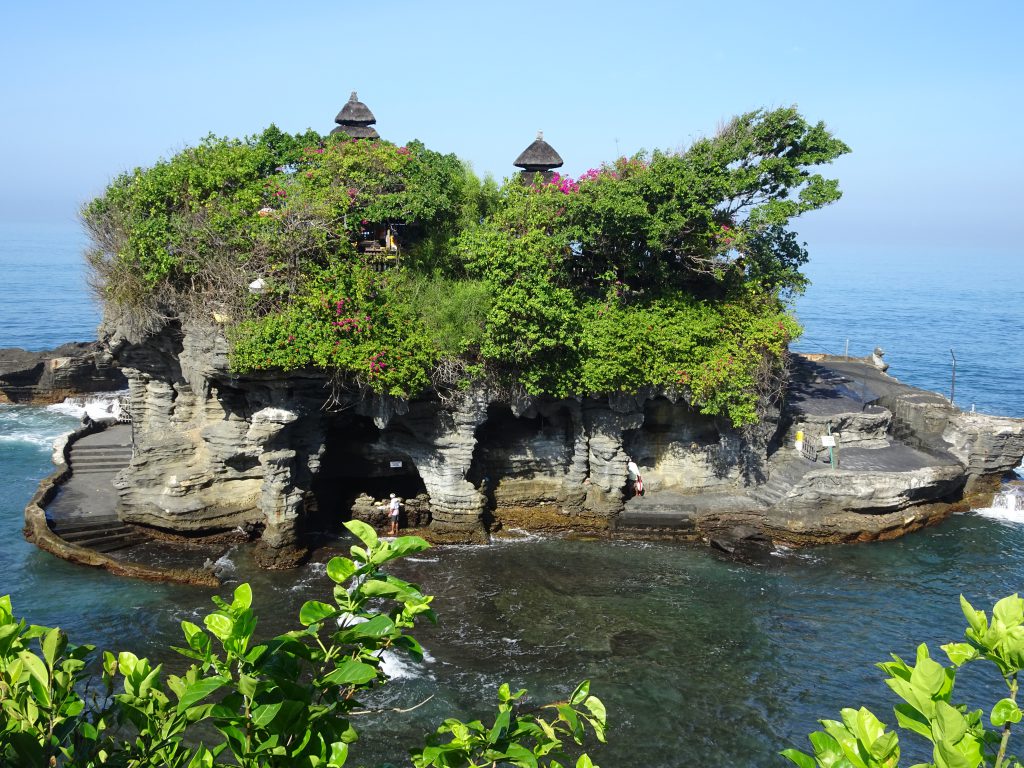The Republic of Indonesia, with more than 17,500 islands, is the world’s 4th most populated country. To say that it’s a country can be somewhat misleading, not because it’s true, but because anyone familiar with Indonesia, can tell you that it’s more like tens of countries all wrapped up in one.
Its great wealth of biodiversity, the vast difference from the western end of Sumatra to the eastern end in Papua and the many contrasts make it a challenge for visitors.
To say what should and shouldn’t be visited in Indonesia and is almost impossible, but here we’re going to look at some of what we believe are the most interesting places to visit.
Foremost, of course, is Bali, one of those tourist destinations that everyone should visit at least once. The island is not big by any standards, 5700km2, but its heavenly setting, warm waters and the friendliness of the people have positioned it up among the top tourist destination to visit.
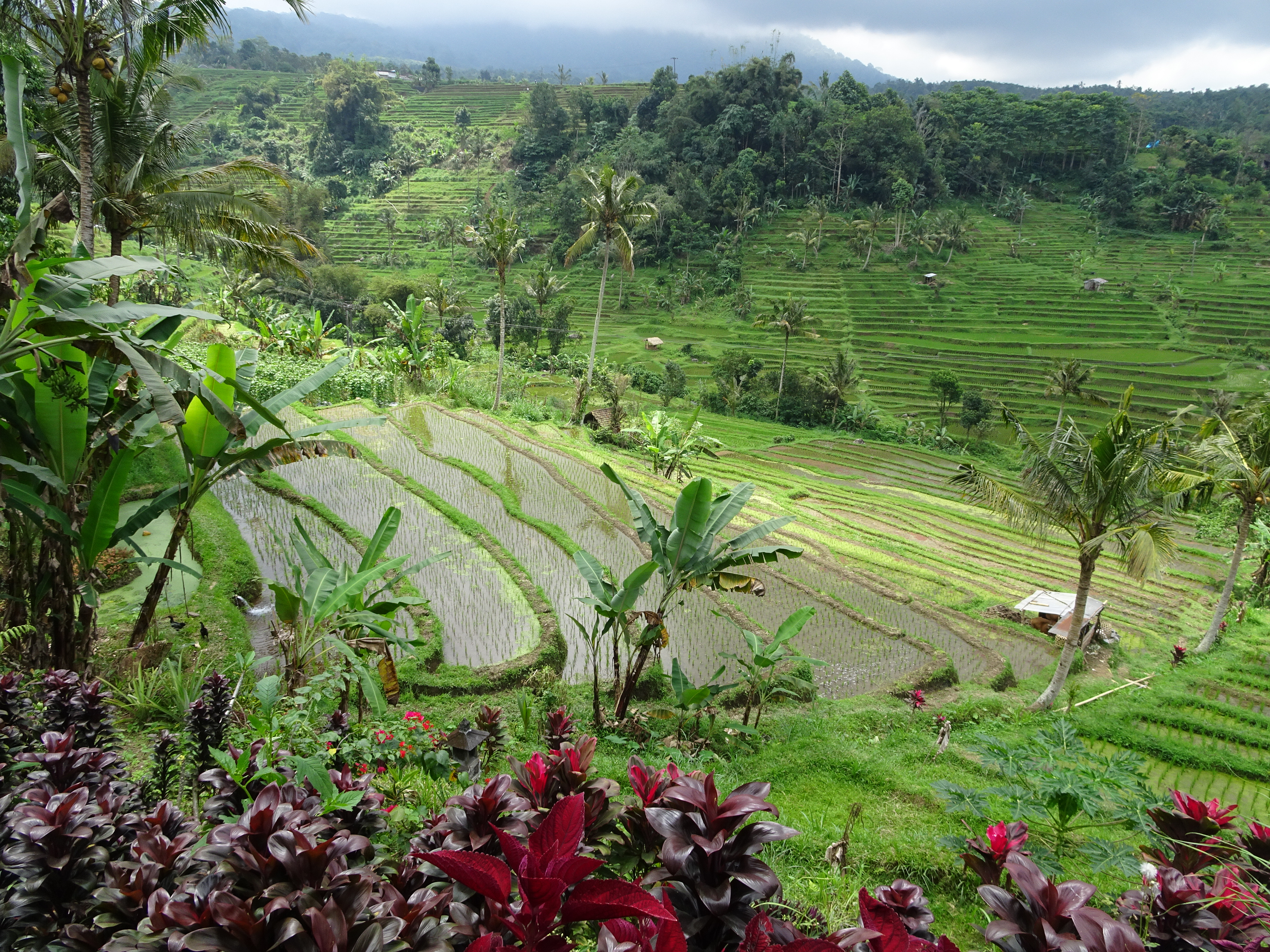
The most appealing thing about Bali is that it’s not only a destination to kick back and soak up the sunshine, but you also get the chance to discover a whole different world. Different flavours, exceptional landscapes, temples and mystical places await to change your view of the world.
The Island of the Gods and other magical islands
Bali is dubbed the Island of the Gods, in reference to the Buddhist religion and the many temples on the island. It would be impossible to see them all, given that there are about 10,000 of them, but the good news is that they all rival each other in beauty.
While Bali is one of the most popular spots, Indonesia has many other islands that are truly breathtaking, thanks to their beauty and surprising ecosystem.
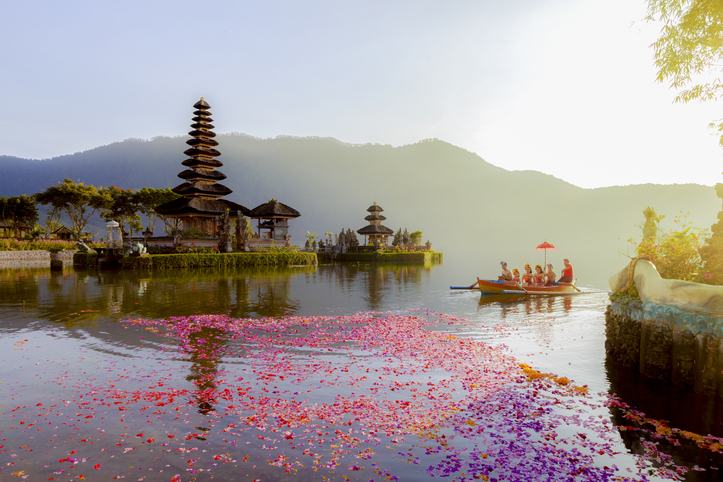
You can also find places like the Gili Islands in the neighbouring archipelago that can be visited by boat from Bali. This is a popular destination for tourists in search of some rest and relaxation as the islands are touristically underexploited. There are several small resorts, usually consisting of some huts for tourists, a swimming pool and a restaurant or similar establishments.
It’s a great place to enjoy the coral reefs and catch sight of some turtles and the many species of fish. Among the three small islands, there’s one that’s more or less well-known. The second smallest, Gili Air, is an ideal for couples as it’s quite laid back, but also for backpackers because of the reasonable prices.
There are several small boats at very reasonable prices that act as local transport to move between the islands.
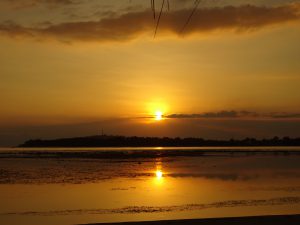
Gili is a popular destination for tourists in search of some rest and relaxation as the islands are touristically underexploited. The picture shows one of its magical sunsets.
Indonesia is also home to the sixth-largest island in the world, Sumatra, which has a population of 50 million. Medan is the capital city of North Sumatra, but also the region’s cultural and historic capital with about one hundred architectural monuments of great importance. Two of the most remarkable place to visit are the Maimun Palace and the Great Mosque of Medan.
However, no stay in Sumatra is complete without a visit to the largest lake in Southeast Asia, Lake Toba. You’ll find all you need to spend a dream holiday around the lake, with a complex with luxury restaurants, different leisure options, crafts shops and a whole lot more.
Sumatra is also a shoppers’ paradise, with huge shopping centres with extensive collections of cheap clothes, colourful accessories and handcrafted gifts.
Gunung Leuser National Park is also hugely impressive and well worth a visit. This is one of the largest natural parks in the world, covering thousands of hectares, and is home to orangutans, tigers, elephants, rhinos and other animals.
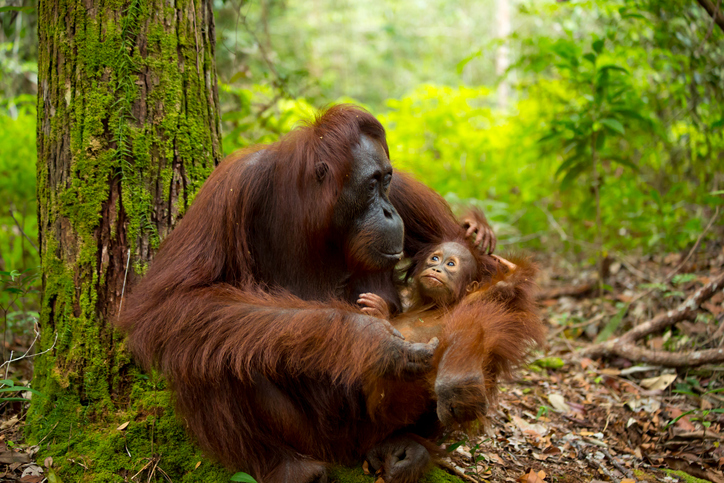
Java is another of Indonesia’s most famous islands. With a population of 145 million, it’s the most populous island in the world. This island is perhaps the most representative of the enormous variety of Indonesia. Impressive beaches, islands, ruins, temples, volcanoes and much, much more.
We can’t forget about Indonesia’s capital, Jakarta, with its many ethnic groups and constant chaotic atmosphere that won’t stand in the way of you enjoying its monuments and gastronomy, in which rice and vegetables figure heavily.
You may also have heard of the Komodo dragon, which is a living legend on Komodo Island and is also responsible for making the island a World Heritage Site. It’s the largest living species of lizard in the world, measuring between two and three metres in length.
The island is also a popular destination for divers and considered one of the seven wonders of the world.
And while we’re on the subject of wonders, we must also mention the Raja Ampat archipelago, a hidden paradise comprising more than 1500 islands that administratively belongs to West Papua.
It’s located in a protected marine park with some the richest biodiversity on the planet. Diving in this archipelago is like being in another world, where you can swim among species like the friendly Dugong sea cow and ghost pipefishes, which change colour constantly to blend in with their environment and minimise visibility.
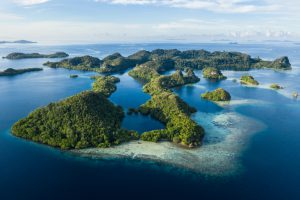
Java is another of Indonesia’s most famous islands. With a population of 145 million, it’s the most populous island in the world.
You can also see incredible natural sights like the Manta Sandy manta ray cleaning station, where mantas come, and wait in an orderly fashion, to get their skin, gills and teeth cleaned by parasitic copepods.
Climate
If you’ve already decided to pack your bags and visit Indonesia, you need to have a clear idea about the weather at different times of the year. Indonesia enjoys warm temperature all year round, but you also need to remember that night falls around 6pm, so it’s worth getting up early to make the most of the day.
Indonesia is definitely one of the best options if you dream of living a never-ending summer. Bali enjoys average year-round temperatures of about 30ºC and has only two real seasons – the wet season and the dry season. Both have their advantages and disadvantages, the wet season runs from the end of October to April, and although the days are hot and humid, there’s not much heavy rain, and you can enjoy the best beaches without crowds.
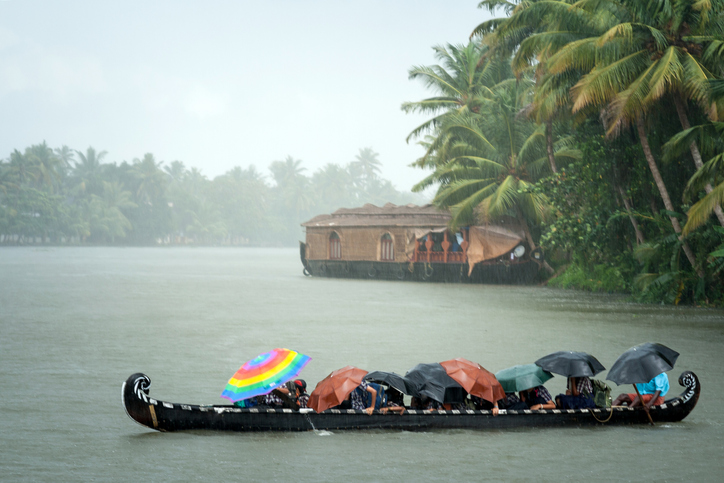
While mass tourism appears and prices skyrocket during the dry season, but you’re guaranteed dry and sunny days.
Whichever season you choose, we recommend packing light clothing that dries quickly.
These considerations apply to the rest of Indonesia except for the Raja Ampat archipelago, which is best to visit between October and April.
Things to keep in mind
Before travelling to Indonesia, you need to keep certain security measure in mind to avoid incidents, especially with the consumption of illegal substances. This is something that is severely punished in the country. It’s also important to avoid buying drinks or food outside of reputable bars, hotels and resorts.
However, once you take the necessary precautions we’ve already mentioned, the diversity of Indonesia is so incredibly amazing that whatever type of trip you plan (adventurous, cultural or just to relax), you’re guaranteed to have an unforgettable experience.
**Do you want to know more about this exciting country? Don’t miss our next articles each thursday of june
Alejandra Chito is a journalist. One day, she decided that she wanted to communicate in a different way: via her travels. This passion led to her becoming a nomadic adventurer, who has now travelled to various locations around the globe. This restless Malaga-born adventurer specialises in low-cost travelling; via her experiences, future travellers learn how to squeeze every last drop out of a destination.



